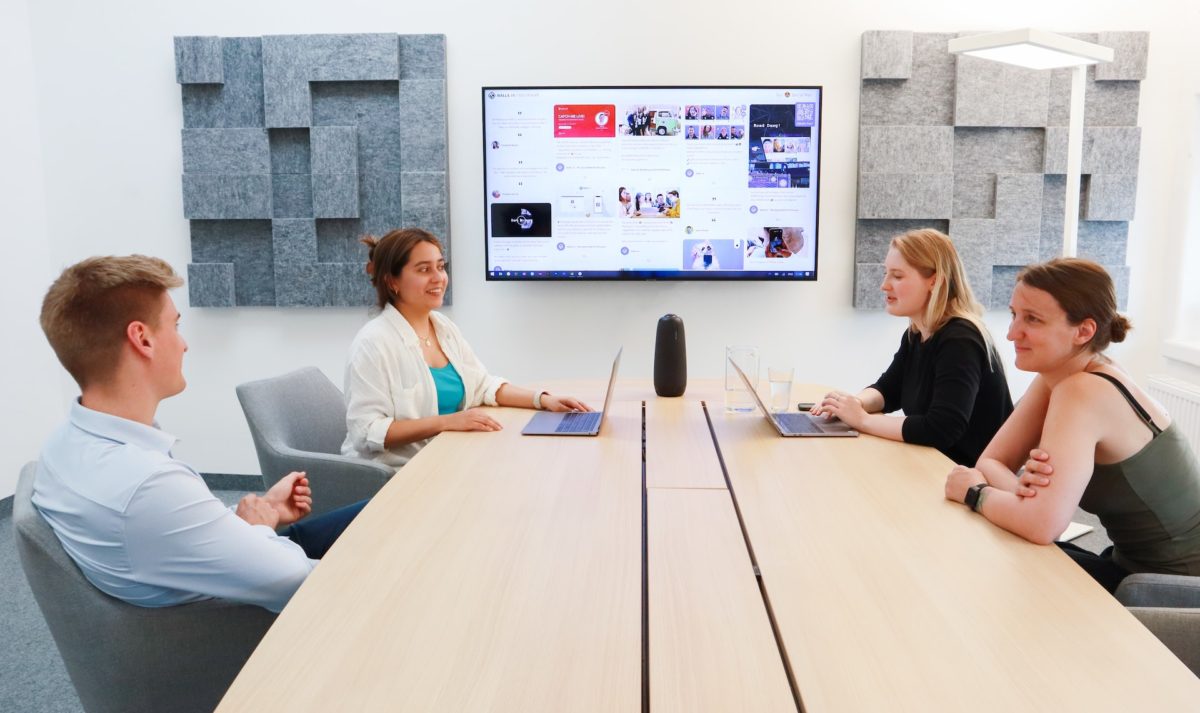Have you ever wondered how brands like Apple, Starbucks, and Netflix manage to achieve worldwide recognition and success? The secret lies in their global strategy.
Co-branding is a marketing strategy that brings excellent image and sales results to all entities involved, under the condition that it is well-constructed. Are you wondering how it functions and what company collaboration constitutes the best co-branding example? We have prepared an article that will surely answer all of your questions.
A Co Branding Partnership – What Is It?
Co-branding is a strategic partnership between two or more brands. However, usually only two brands are involved. The process is focused on combining the marketing potential of both entities. Its aim is to strengthen the companies’ position, enable them to reach new target groups, increase their sales, and reduce production costs. In a nutshell, it is part of strategic marketing, which is based on the cooperation between two entities. As in most cases, those businesses complement each other. It helps them to achieve much better results than they would on their own with the same amount of work.
What Is the Difference Between Cross Marketing and Co-Marketing?
Co branding partnership is commonly confused with cross-marketing, yet you must be aware that these are two completely different processes. Cross-marketing occurs when two enterprises advertise each other’s products. For example, if you are a manufacturer of washing machines, you advertise a washing machine cleaning product from another company, and this company repays you by promoting your devices.
Co branding campaigns are definitely more complex. In simple terms, these campaigns are a close collaboration of two companies that aim at creating a product or service that will represent their separate identities and common values.
Types of a Co Branding Partnership
We can distinguish several types of co-branding, each being characterized by a slightly different strategy. It is worth getting acquainted with each kind so that you know what options you have when talking to a potential business partner with whom you would like to engage in co marketing activities.

Reach-Awareness Co Branding Partnerships
In this type of co-branding campaigns, one of the collaborating brands is promoted to the target group of the other brand and vice versa. Such a co branding campaign makes those companies known to audiences that have been somewhat inaccessible to them.
Value Endorsement Co-Branding
This kind of co marketing is based mostly on shared values. For example, if a company wants to be presented as the ecological one, it will try to cooperate with Greenpeace. If they manage to run a co branding campaign with this brand, it will be treated as if they got a recommendation from them, thus gaining the trust of people who support this organization.
Complementary Competence Co Branding Partnerships
This is one of the most frequently chosen types of co-branding because it allows brands to create something completely new together. Thanks to a mutually complementary set of skills, they are able to prepare a joint co branding campaign and offer customers a unique solution in their co branded product or service.
Ingredient Co-Branding
Many people do not realize how often this kind of co-branding is used, as it is not an obvious relationship. Here, the use of products of one brand increases the value of the product of another. How does it work? For example, an average person rarely buys Intel brand processors. On the other hand, computers that contain these processors sell much better than those that do not, since Intel is associated with high-quality hardware for laptops and desktop computers. That is why Intel’s co branding partnership relies heavily on hardware manufacturers. It is a win-win relationship as manufacturers have higher sales because people trust Intel processors, and Intel is endorsed by top PC manufacturers. This is the perfect example of how successful co branding partnerships are created.
Advantages of a Co Branding Campaign
Co-marketing is eagerly used because it brings many benefits to both sides of the campaign. Regardless of the type of cooperation you choose, you will notice great results. Among many, you can expect that:
- You will get much better results as two marketing teams will work together. Each company employs specialists from a similar field but with different perspectives on promotion in given industries. Cooperation of these specialists on a project can bring amazing results and advertising ideas that none of them would be able to come up with alone. Such an advertising partnership is a huge benefit of the process.
- Marketing strategies will be more interesting. Ads created for a co branding partnership tend to be more creative and captivating because they incorporate the personalities of both brands, which is very important.
- Thanks to the co branding campaign, the awareness of both brands in target groups, which seemed unattainable until now, will increase.
- Two companies will be known to new markets.
- By incorporating co-branding initiatives within the brand architecture, companies can effectively capitalize on the intrinsic value and brand equity of each individual brand, while ensuring a cohesive and consistent portfolio.
- The image of both brands will be strengthened by co marketing.
- Relationships between brands will be solidified by working together on the co branding campaign.
Are There Any Risks of Co-Branding?
You need to be aware that co-branding comes with some risk that you should be prepared for. It may turn out that if you choose the wrong partner brand, the image of both companies or one of them will suffer significantly. For example, if an enterprise offering healthy, organic food and promoting a balanced diet based on low-processed products decides to cooperate with a juice producer, but does not pay attention to the fact that it also offers high-sugar, carbonated drinks, it may lose the trust of its customers.
Similarly, if one of the brands has had a major image crisis that the other party is unaware of, it may cause big problems for the latter company. There are branding examples where a cooperation of a well-reputed brand with another company or celebrity that did not have the best reputation, which resulted in the huge backlash from customers. That is why it is so important to choose the right partner brand for co-branding.

How To Build Successful Co Branding Partnerships?
Are you wondering how to ensure that the partner brands will help you succeed? It is very important for brands to have a consistent image. So when you are planning a co marketing campaign with a given company, ask yourself a few questions about your brand’s relationship with the brand you want to work with (co-brand), such as:
- Are the brand values consistent or at least complementary?
- Are the customers from one logical segment?
- Are the offered benefits consistent?
- Do the brand characteristics match?
- Is the way of communication relatively similar or totally different?
- Do you know branding examples of similar brands that have been successful together?
Co Branding Partnerships – What Determines Their Success?
It is important to remember that successful partnerships can only be formed when the core values of both businesses are similar. For example, the co branding campaign of a company that produces natural furs with a brand that sells vegan shoes has no right to succeed. However, a company that manufactures artificial fur is a good match for the vegan shoes business!
What else should you know? When choosing partner brands, intuition alone is not enough. You need to be guided by specific data that you will get from the analysis of its sales and advertising results, target group, mission, values, communication with customers as well as past marketing campaigns. Only with hard data are you able to create a smart co branding partnership.
The use of branding questionnaires can be a crucial factor in co-branding partnerships, as it enables companies to identify suitable partners that align with their brand identity and values, and create products or services that appeal to their target audience.
Do Big Companies Collaborate With Small Brands?
Many owners of not well-known, small companies think that the big players on the market will never agree to cooperate with them. Nothing could be further from the truth! Large brands often decide on a co branding partnership with micro brands, but they must have something valuable to offer. For example, huge chain stores with clothes sometimes cooperate with local companies from the fashion industry, e.g., those producing accessories.
Although retail stores also often sell shoes and jewelry, they do not specialize in this as much as, for example, a family business where each bracelet or necklace is handmade. So when a large, well-known brand starts a co branding campaign with a small jewelry store, it appeals to clients who care about high-quality, handcrafted products. In addition, the cooperation of a giant with a local brand allows them to strengthen the positive message and reach the loyal customers of that company. In turn, small businesses usually experience rapid brand growth after such collaboration.
Who Bears the Cost of Co-Branding?
When it comes to co-branding costs, they are usually shared rather evenly, as most of the time, the collaboration is between companies of exactly the same caliber in terms of revenue and size. However, it must be remembered that everything depends on the contract concluded by the cooperating parties. Sometimes, only one side takes over all the costs, or at least the greater part. However, it should be noted that according to many experts, in this case it is not a full co branding partnership. If we were to talk about the ideal branding example, costs would be evenly distributed.
If you’re considering the power of co-branding for your business but unsure about navigating the costs, our branding services can provide expert guidance and tailored strategies to maximize your investment and unlock the full potential of your collaborative ventures.
10 Co Branding Examples
Now that you know exactly what a co branding partnership is and how to choose the right company to work with, it is time to move on to some co branding examples that might inspire you. Here are 10 unique collaborations!
Nike and Apple
The brand partnership between Apple and Nike has resulted in the perfect product for athletes. It might seem that the clothing and technology companies do not have much in common, but they managed to create a solution that meets the needs of their target groups. The Apple Watch Nike they came up with enjoyed great popularity! As you know, Apple Watch is a device that serves not only athletes, but also people who like this type of gadgets. However, the model created in cooperation with Nike was equipped with a special application that helps monitor physical activity.
Now, the co branding campaign run by the two companies has evolved into Nike+, which uses technology built into apparel and sports gear to sync with Apple iPhone apps to track workouts. This makes it easier and more accurate to follow and record training data!
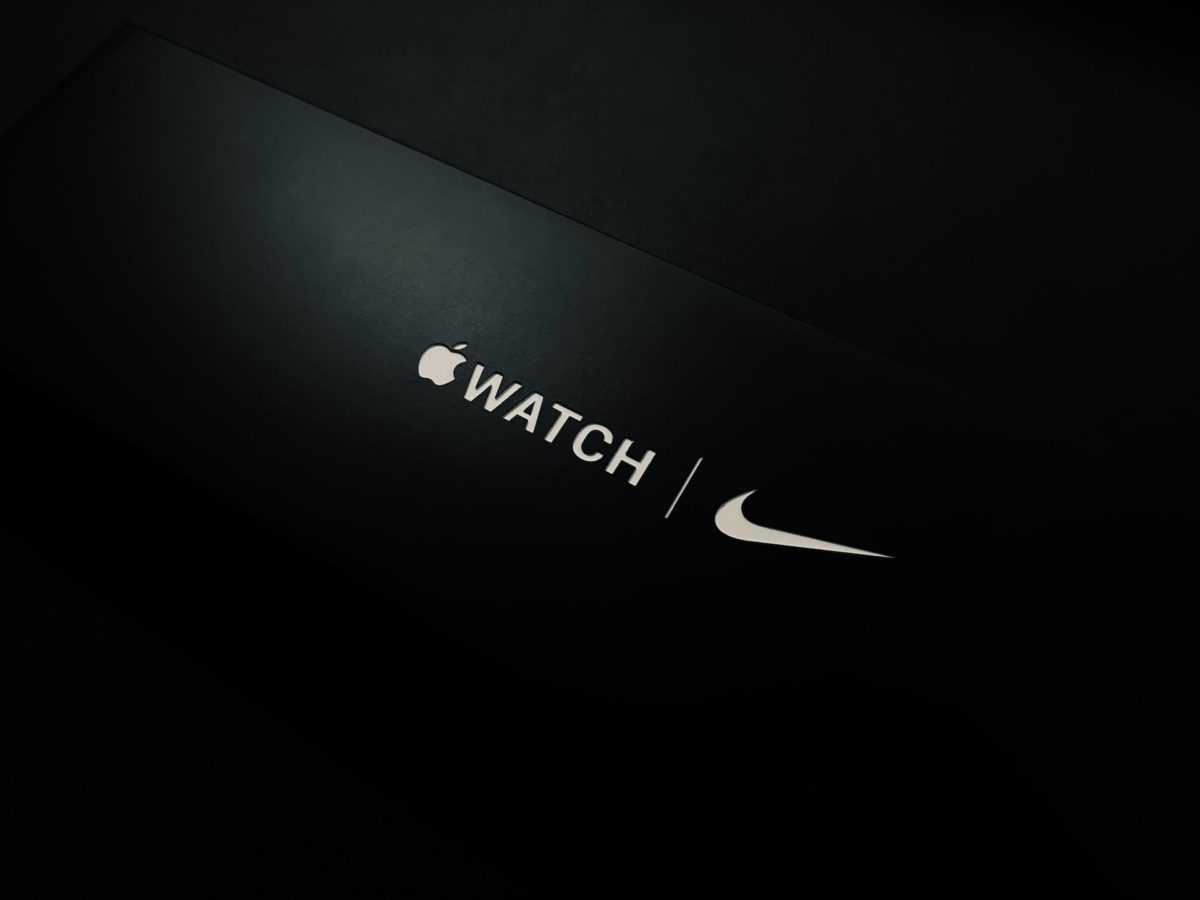
Doritos & Taco Bell
Doritos is one of the most popular snacks in the United States which has its own special place in the pantries of many American homes. Taco Bell, in turn, is one of the most visited fast food chains. The collaboration of these two companies had to be successful! This type of co marketing worked instantly as soon as the target co-branding campaign of these two giants was launched.
Doritos fans immediately rushed to Taco Bell to try the “Doritos Locos Tacos”. This product has become the company’s bestseller! Of course, the Doritos brand also gained new fans. Customers who were previously unfamiliar with their products or were not convinced to buy them, were able to try them for the first time in their favorite place, i.e., at Taco Bell. As you can see, the great co branding effort has paid off for both sides.
Discover the fascinating brand evolution of Taco Bell in our captivating article showcasing remarkable examples of brand strategies.
Milka & Oreo
One of the greatest co branding examples also comes from the food industry. As most of us are familiar with Oreo cookies, Milka chocolate is much better known in Europe. Fans of these sweets dreamed of combining them, and one day these brands decided to fulfill the request and create a unique chocolate filled with the cookies.
This co branding partnership brought such exceptional results that after some time Milka also started cooperation with other companies, such as Lu, Chips Ahoy, and Tuc, as it noticed that actually the competitor brand brings success when collaborating.

Kanye West & Adidas
The collaboration of two iconic brands: a giant manufacturer of athletic apparel and sporting goods with Kanye West, an award-winning rapper, also recognized by many as a precursor of new trends in the fashion and pop culture world. The co branding partnership started right after Adidas invited the artist to create a new streetwear footwear line. These two entities were simply bound to be successful!
The merger of Kanye West’s personal brand with the Adidas clothing manufacturer has brought huge profits. All Yeezy products (the name of his footwear line) are in demand and every restock in the store sells out immediately. Why did both parties decide to cooperate? Kanye West is an attractive figure for both celebrities and people who simply like the rap world and broadly understood pop culture.
Adidas knew perfectly well that the products would sell out very quickly if they collaborated with the artists. In turn, Kanye could have been confident that the released products would be of high quality. In this case, the co branding effort brought the Adidas brand a sales increase of over 19% in 2019.
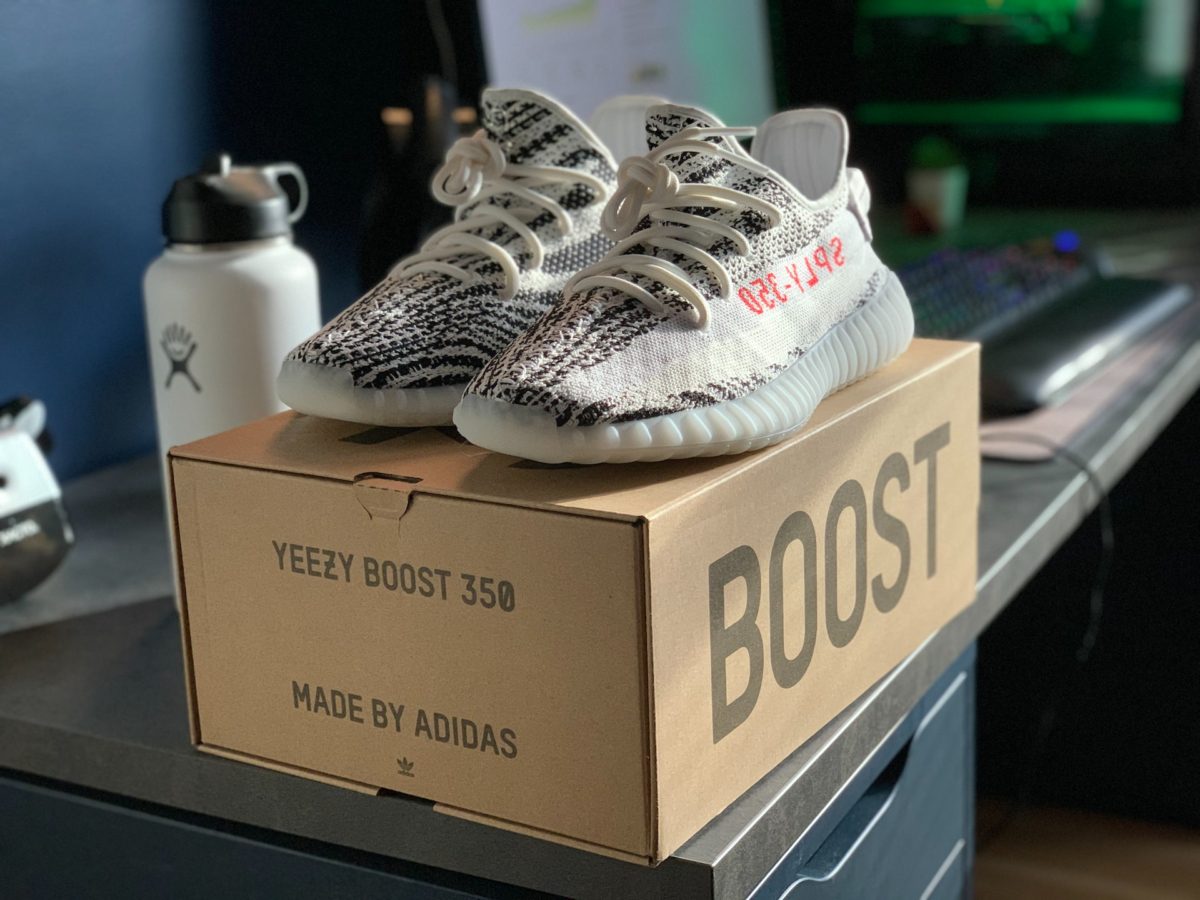
BMW & Louis Vuitton
For many people, the cooperation of the BMW car manufacturer with the designer Louis Vuitton was beyond belief. However, as it turned out, the two companies have a lot in common. Most importantly, both have the status of a premium brand. What is more, they are also businesses with a long tradition, which value luxury and provide high-quality products. In addition, if you think about the LV luggage line, you will notice that the brand offers solutions for traveling.
Now answer the question: what better way to travel than in a comfortable car that will fit all your luggage? As part of the collaboration, each company created a co branded product: BMW released the BMW i8 sports car and Louis Vuitton designed an exclusive four-piece set of suitcases and bags that fit perfectly in the mentioned car. It goes without saying that this brand partnership turned out to be extremely effective!
Starbucks & Spotify
To the list of examples of co branding, we can definitely add the collaboration between Spotify and Starbucks. Both companies are lifestyle brands present in the lives of many people. But how do these two businesses cooperate with each other? Well, one of the factors that Starbucks used to create its powerful brand was the music influencing the atmosphere of their stores. Spotify, on the other hand, is a platform that offers music that you can choose according to your preferences.
As it turns out, in both businesses, the sounds coming from the speakers play a huge role! Then, it is no wonder that these companies decided to start an innovative partnership to build a music ecosystem. So, what is the Starbucks and Spotify co branding campaign about? Starbucks’ employees receive a premium Spotify subscription, which allows them to create playlists (that customers can access via the Starbucks mobile app) to play throughout the day in stores. This is not obvious, but genius co-branding!
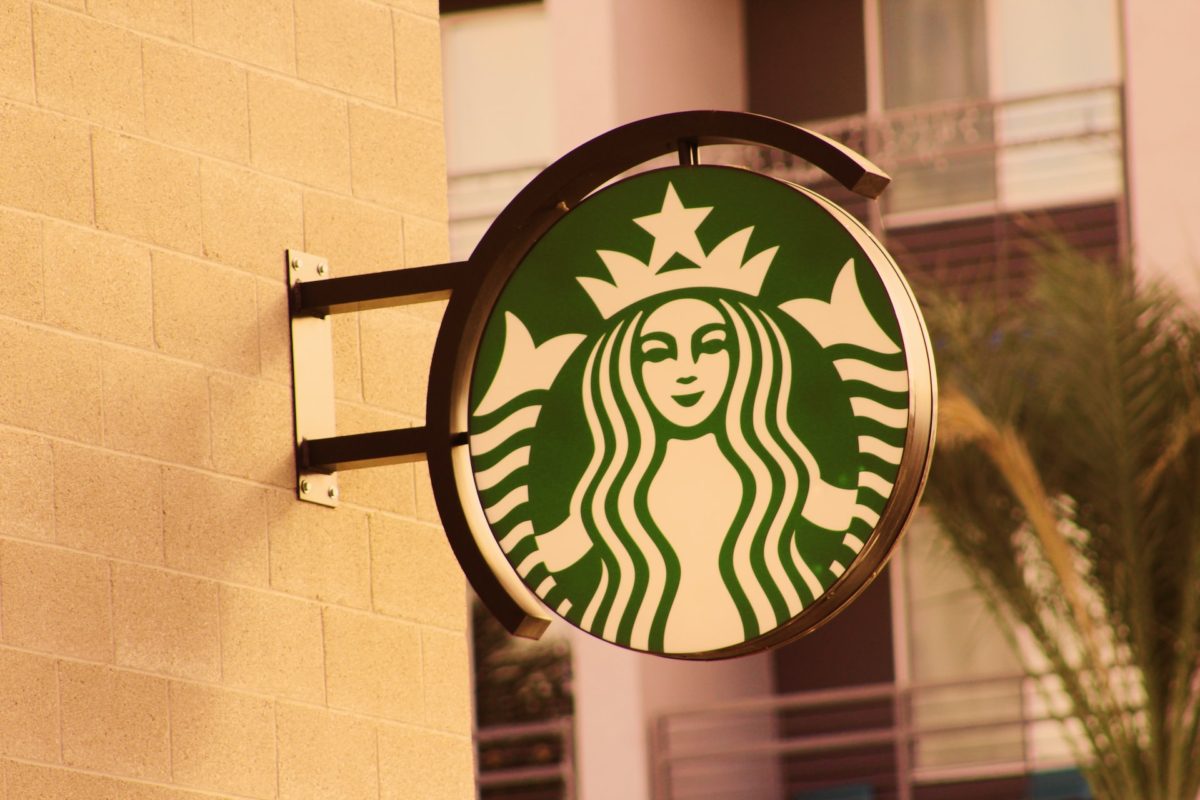
Levi Strauss & Co. with Pinterest
One of the most recognizable denim brands in the world has joined forces with the social media platform Pinterest. Where did the idea for these two companies to become co branding partners come from? Well, many people look for fashion inspiration on Pinterest, and Levi’s has been creating outwear for years.
As you can see, these are brands created to work together! Being aware of this, companies decided to launch the Styled by Levi’s initiative, which offers personalized styling or style-related notes that are tailored to a person’s tastes and preferences. Why does it work? Because Pinterest provides the Levi’s brand with a leading social platform with millions of users interested in visual content, and Levi’s meets those needs with digital personalization and visual boards. Such great co branding partnerships definitely can be an inspiration for many other businesses.
Apple & MasterCard
The desire to be one step ahead of the competition resulted in one of the best examples of a successful co branding. The release of the Apple Pay application by the Apple brand was a breakthrough when it comes to transactions. MasterCard, to establish itself as a leader in the market, was the first to allow its users to store credit and debit cards in the Apple Pay service.
This collaboration turned out to be extremely successful, as the clients of both parties were delighted with the opportunities they had obtained. In addition to the obvious benefits, what improved was the consumer experience related to both brands. It was also a very important step in terms of digital marketing for both companies.
Airbnb and Flipboard
A very interesting co branding example is the cooperation of Airbnb and Flipboard. Airbnb is a platform that allows you to rent an apartment or a room from people around the world. Flipboard, in turn, enables you to collect various sources of information in one place. How can successful co branding be achieved here? Well, Flipboard together with Airbnb created the so-called “experiences” that allow Airbnb users to receive lifestyle content that is tailored to their interests and shared by people with similar preferences.
The ongoing co branding campaign has recently led to another co-created product called Trips, which helps Airbnb users to connect with hosts with common interests and book specific places or attractions. So as you can see, this collaboration has resulted in a very useful co branded product. Will this brand extension be the last project of Flipboard and Airbnb? We will find out soon!
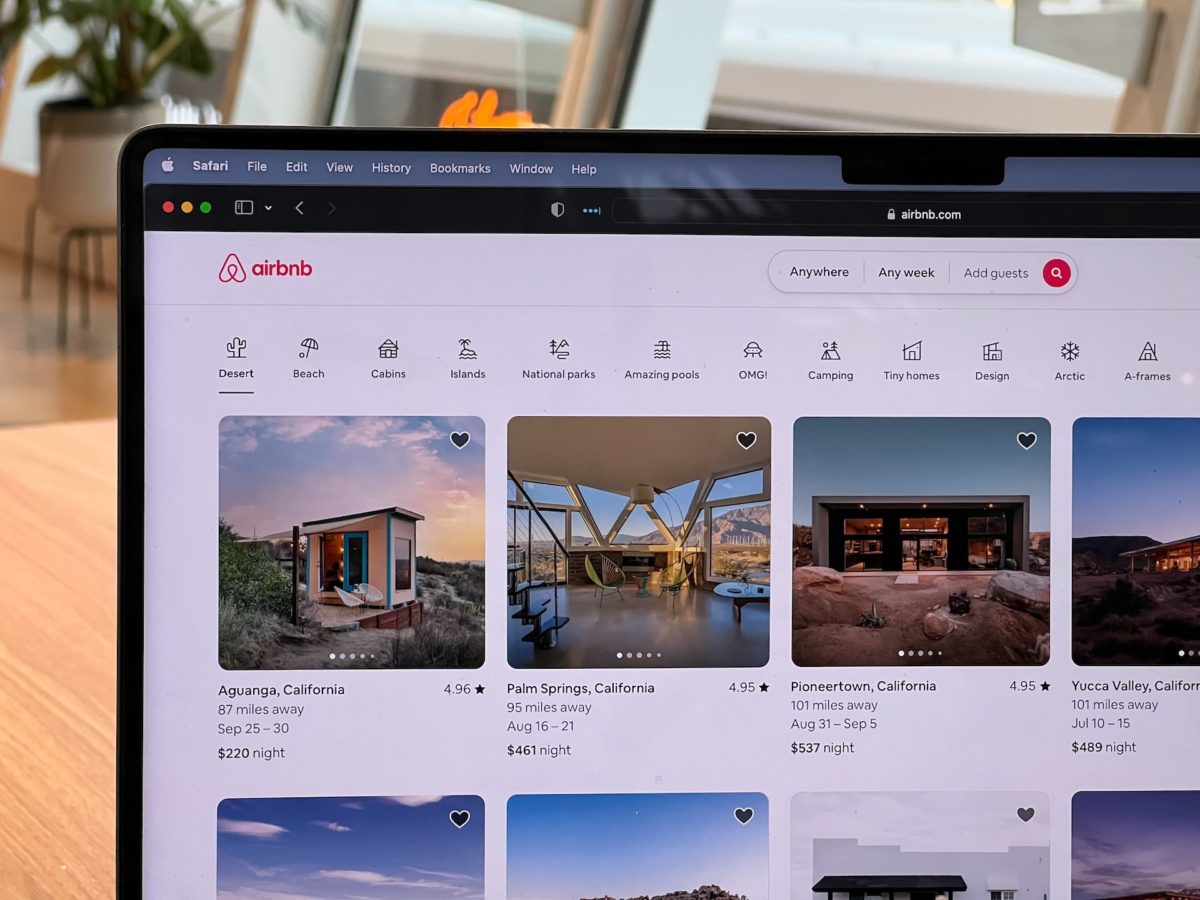
Uber and Spotify
Uber and Spotify’s collaboration is the last, but not least, co branding example worth paying attention to! These two companies decided to work together to make everyday life even more pleasant for their customers. What was their co branding campaign like? Most importantly, it was focused on improving the client’s experience when traveling with Uber.
Through co branding partnership of those two businesses, passengers can create a soundtrack for their rides. While waiting for transport, they can choose from their own playlists what they will listen to on the road. As a result, Spotify has more streams and Uber customers have a better consumer experience when it comes to transportation.
Summary
We hope that this article shed some light on the concept of co-branding, which is part of the marketing strategy, and that you will easily introduce it in your company when the time is right. We also expect that the presented successful co branding examples have inspired you to act. If you want to know more about building a corporate branding strategy or creating a successful brand, make sure to check out our blog.



